I. Unconventional performance advantages
(I) The ultimate balance of lightness and high strength
The most striking thing about carbon fiber composite felt is its extreme lightness and high strength. In the cognition of traditional materials, weight and strength are often difficult to achieve at the same time, but carbon fiber composite felt breaks this inherent concept. From the theoretical level of material science, the microstructure of carbon fiber is the key to its excellent performance. Carbon fiber is composed of carbon atoms arranged closely in a hexagonal lattice structure. This unique crystal structure gives it extremely high axial strength and modulus. When carbon fiber is compounded with matrix materials such as resin through a specific process to form a composite felt, the advantages of the two complement each other, further enhancing the comprehensive performance of the material.
The extremely low density gives it a natural advantage in areas that are extremely sensitive to weight. Taking the transportation industry as an example, according to the principle of aerodynamics, for every 100 kg weight reduction of a vehicle, its fuel consumption per 100 kilometers can be reduced by 0.3-0.6 liters, and carbon dioxide emissions will also be reduced accordingly. In the aerospace field, for every 1 kg reduction in aircraft weight, its operating costs over its entire life cycle can be reduced by tens of thousands of yuan. This significant weight reduction effect shows great application potential for the transportation industry, which pursues speed and energy consumption optimization, and for precision instrument manufacturing, which has an urgent need to reduce equipment weight.
At the same time, its high strength characteristics provide a solid quality guarantee for various products. In the face of complex and harsh use environments, carbon fiber composite felt can stably perform its performance, effectively resist external force impact and deformation, and greatly improve the reliability and safety of the product. Mechanical test data show that under the same cross-sectional area, the tensile strength of carbon fiber composite felt can reach more than 3500MPa, while the tensile strength of ordinary steel is only 400-800MPa. This huge gap in strength makes carbon fiber composite felt stand out in the manufacturing of key components that need to withstand high loads.
(II) Synergistic advantages of multiple performances
In addition to light weight and high strength, carbon fiber composite felt also has good corrosion resistance, fatigue resistance and low thermal expansion coefficient, which further broadens its application boundaries. In terms of corrosion resistance, carbon fiber itself has stable chemical properties and does not react with most chemical substances. When compounded with a corrosion-resistant resin matrix, the formed composite felt can work stably for a long time in corrosive environments such as acids, alkalis, and salts. For example, in the field of marine engineering, traditional metal materials are extremely susceptible to seawater corrosion, while parts made of carbon fiber composite felt can effectively resist seawater erosion, greatly extending the service life of the equipment. Its fatigue resistance can ensure that the material still maintains good performance under long-term cyclic loads. Through fatigue testing, carbon fiber composite felt has minimal performance degradation after millions of stress cycles, while metal materials often experience fatigue cracks or even fractures under the same conditions. The low thermal expansion coefficient makes the carbon fiber composite felt have good dimensional stability in an environment with large temperature changes. In the high-temperature environment of aerospace, or in the temperature-sensitive application scenarios of precision instruments, carbon fiber composite felt will not affect the normal operation of the equipment due to thermal expansion and contraction, creating conditions for the diversified application of materials.
II. Waves of controversy and doubts
(I) The dilemma of high costs
Although the performance advantages of carbon fiber composite felt are significant, it has also encountered many controversies and doubts during its development. The first issue is the cost. From raw materials to production processes, every link of carbon fiber composite felt is accompanied by high investment. The price of polyacrylonitrile fiber, the main raw material for producing carbon fiber, is dozens of times that of ordinary textile fibers. In the production process, from the polymerization and spinning of PAN fibers to key processes such as pre-oxidation and carbonization, not only complex equipment and precise process control are required, but also a lot of energy is consumed. According to industry data statistics, the production of 1 ton of carbon fiber requires about 15 tons of PAN precursor and hundreds of degrees of electricity, which makes the production cost of carbon fiber as high as tens of thousands of yuan per ton or even higher.
When carbon fiber is made into composite felt and processed into final products, it also needs to go through complex molding processes, such as autoclave molding and resin transfer molding. These process equipment is expensive and the production efficiency is low, which further pushes up the product cost. This directly leads to the price of products made of carbon fiber composite felt far exceeding traditional materials, which greatly limits its large-scale promotion and application. In many markets that are more sensitive to cost, even if they are well aware of the performance advantages of carbon fiber composite felt, companies and consumers can only look on. For example, in the field of civil construction, the price of carbon fiber composite felt is 5-10 times that of steel, which seriously hinders its promotion in applications such as building structure reinforcement.
(II) Technical bottleneck of recycling and treatment
The problem of recycling and treatment has also become a "stumbling block" on the road to the development of carbon fiber composite felt. With the continuous expansion of its application scope, a large amount of waste materials will inevitably be generated in the future. However, due to the special structure and material properties of carbon fiber composite felt, there is currently a lack of efficient and economical recycling technology. Existing recycling methods, such as pyrolysis, chemical decomposition and mechanical methods, all have their own disadvantages.
The pyrolysis method is to decompose carbon fiber composite materials at high temperature and recycle carbon fiber, but this method has extremely high energy consumption, and during the high temperature process, the performance of carbon fiber will be greatly affected, and the strength and modulus will be significantly reduced. The chemical decomposition method uses chemical reagents to dissolve the resin matrix and separate the carbon fiber, but the chemical reagents used in the process are not only costly, but also may cause serious pollution to the environment, and chemical reagents will remain on the surface of the recycled carbon fiber, affecting its subsequent performance. The mechanical method is to crush the carbon fiber composite material by physical crushing and other methods to recycle the carbon fiber in it, but the length of the carbon fiber recycled by this method is short and cannot meet the requirements of high-end applications for carbon fiber length and performance.
The imperfection of the recycling industry chain has left a large number of discarded carbon fiber composite felts with nowhere to go, which not only causes waste of resources, but also may cause environmental problems. This has also caused many environmentalists and related institutions to question its sustainability. At present, the annual amount of discarded carbon fiber composite materials produced worldwide is as high as hundreds of thousands of tons, and the actual recycling rate is less than 10%. This situation needs to be changed urgently.
III. Hope and the dawn of the future
(I) Innovative exploration of cost control
Despite facing many challenges, the future of carbon fiber composite felt is not bleak. At present, with the rapid development of science and technology, researchers and enterprises have never stopped exploring. In terms of cost control, new production processes and technologies are constantly being developed. Some companies are developing new carbon fiber production processes to improve the conversion rate and quality of PAN fibers by improving the catalysts and process conditions of the polymerization reaction, thereby reducing the waste of raw materials and reducing production costs. In the pre-oxidation and carbonization stages, new continuous production equipment is used to improve production efficiency and reduce energy consumption.
Finding more economical alternatives to raw materials has also become a research hotspot. Scientists are exploring methods to prepare carbon fibers from cheap raw materials such as lignin and asphalt. Although these technologies are still in the laboratory stage, once a breakthrough is achieved, the production cost of carbon fibers will be greatly reduced from the source. With the maturity of technology and the advancement of large-scale production, the cost of carbon fiber composite felt is expected to gradually decrease, making it more competitive in the market. According to industry forecasts, in the next 5-10 years, with the innovation of production technology and the emergence of scale effects, the production cost of carbon fiber is expected to decrease by 30%-50%.
(II) Breakthrough direction of recycling technology
In the field of recycling technology, research is also continuing to deepen. Scientists are committed to developing more environmentally friendly, efficient and carbon fiber performance-retaining recycling methods to the greatest extent, striving to solve various problems in the recycling process. Some research teams are exploring microwave-assisted pyrolysis, which uses the selective heating characteristics of microwaves to quickly decompose the resin matrix while reducing the impact on the performance of carbon fibers. There are also teams studying biodegradation methods, which can achieve green recycling of carbon fiber by screening special microorganisms to decompose the resin matrix.
In addition, it is also crucial to develop recycling technology for recycled carbon fiber. Recycled carbon fiber is mainly used to prepare low value-added products such as brake pads and fillers. In the future, with the advancement of technology, recycled carbon fiber is expected to be re-applied to high-end fields. For example, by surface treatment and performance enhancement of recycled carbon fiber, it can meet the requirements of material performance in aerospace and other fields, and realize the recycling of resources. Once a breakthrough is made, it will not only solve the recycling problem of carbon fiber composite felt, but also form a complete circular industrial chain and realize the sustainable use of resources, which will inject strong impetus into its future development.
(III) Unlimited possibilities of market prospects
With the growing demand for high-performance materials in various industries, the potential market space for carbon fiber composite felt is huge. In emerging high-end manufacturing industries such as new energy vehicles, drones, satellites, etc., there is an urgent need for lightweight and high strength materials, and carbon fiber composite felt is expected to become a key material. In the field of new energy vehicles, the lightweight of vehicles is directly related to the driving range and energy efficiency. It is expected that by 2030, the global demand for carbon fiber composite materials for new energy vehicles will increase several times.
In the upgrading of traditional industries that have higher requirements for material performance, carbon fiber composite felt also has broad application prospects. In the field of sporting goods, rackets, bicycle frames and other products made of carbon fiber composite felt are favored by consumers for their excellent performance and lightness. In the field of construction, with the improvement of requirements for the safety and durability of building structures, the application of carbon fiber composite felt in building reinforcement, bridge repair and other aspects is also gradually increasing. As long as it can effectively overcome key issues such as cost and recycling, it is very likely to become the core material to promote changes in multiple industries, and truly achieve a leap from theoretical advantages to practical wide application.
Carbon fiber composite felt: A miracle that subverts material cognition or a fantasy that is difficult to implement?
Product Consultation
HOT SALE
Hot Products
-
 Fiberglass Wall Covering Mat
View More
Fiberglass Wall Covering Mat
View More
-
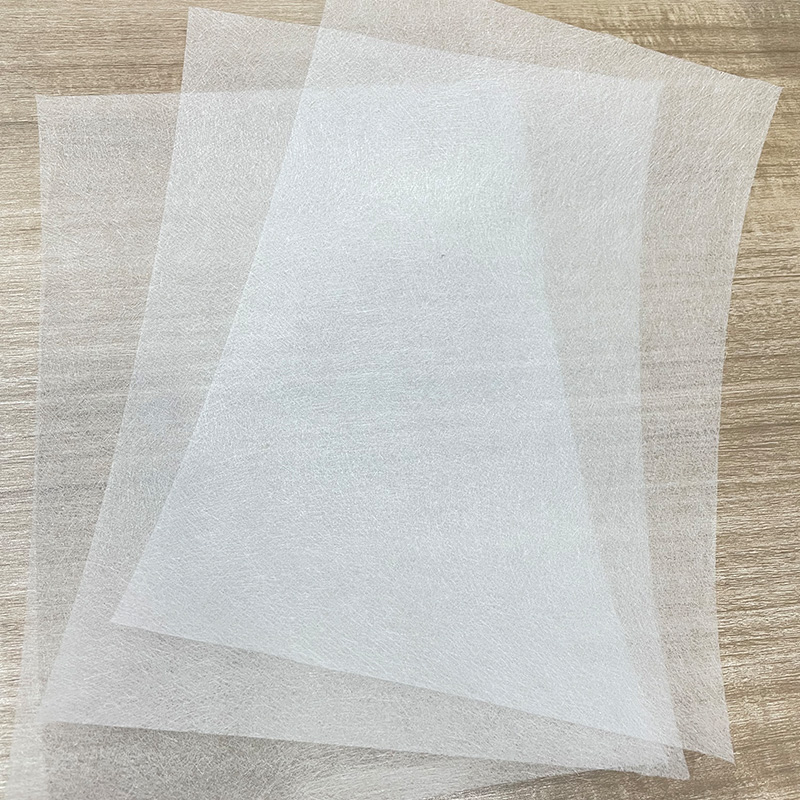 White Fiberglass Surface, Packaging Type: Roll at
View More
White Fiberglass Surface, Packaging Type: Roll at
View More
-
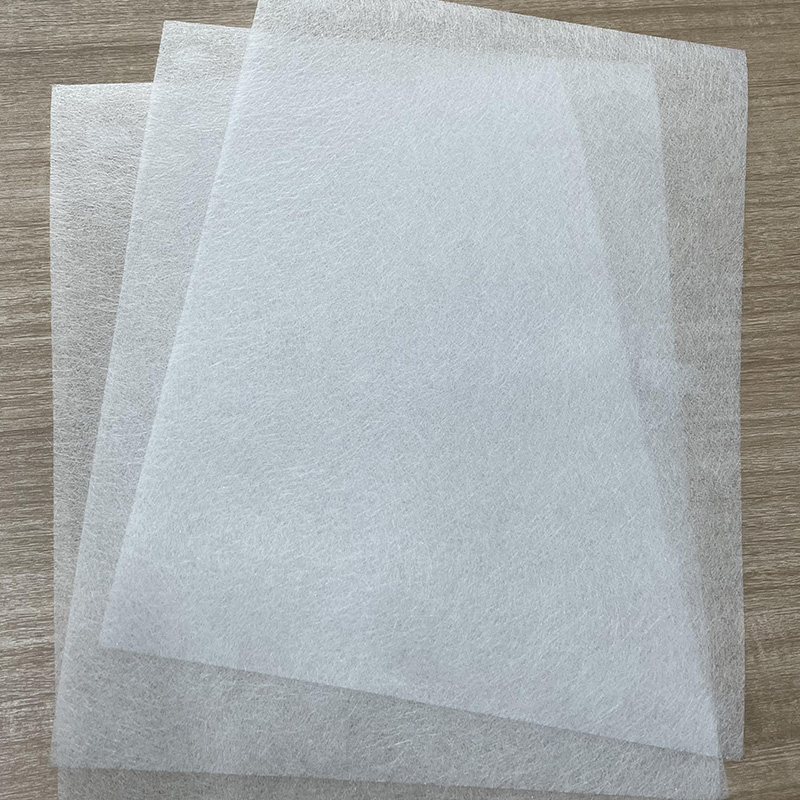 Fiberglass Tissue Mat for Roofing
View More
Fiberglass Tissue Mat for Roofing
View More
-
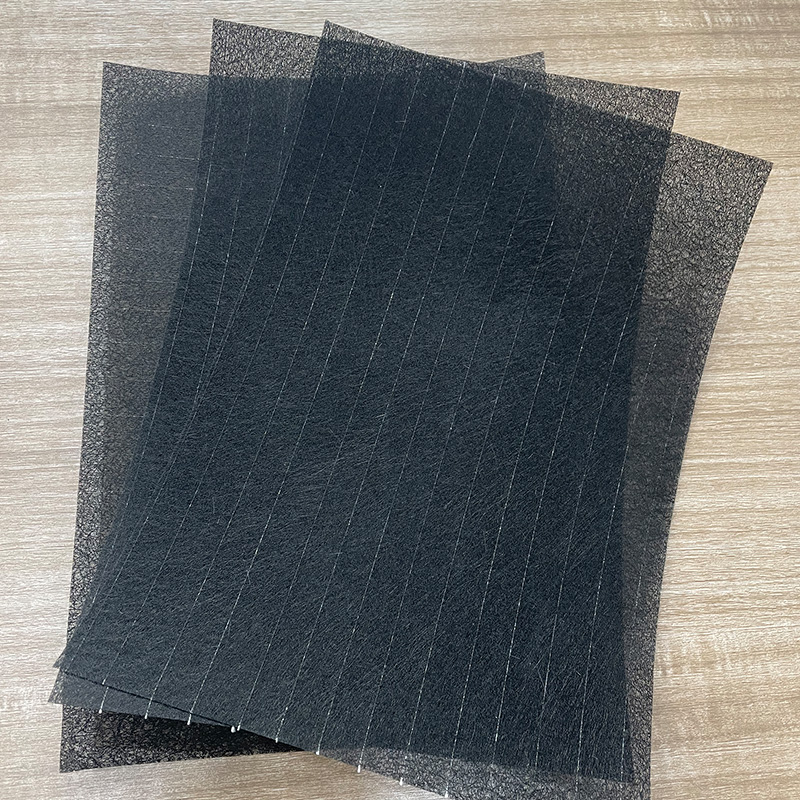 Black Fiberglass Tissue Facing
View More
Black Fiberglass Tissue Facing
View More
-
 Customized Colors For Fiberglass Tissue Facing Mat
View More
Customized Colors For Fiberglass Tissue Facing Mat
View More
-
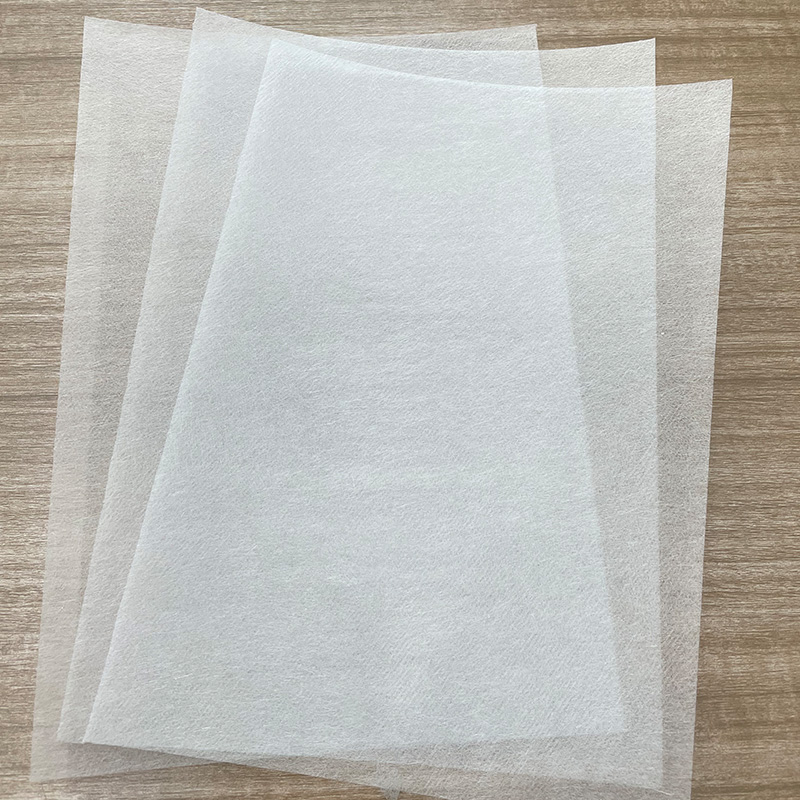 Glass Fiber For Molecular Sieve Zeolite Rotor
View More
Glass Fiber For Molecular Sieve Zeolite Rotor
View More
-
 Glass Fiber Mat For Pipe Wrapping/Pipe Wrap Glass Fiber Mat
View More
Glass Fiber Mat For Pipe Wrapping/Pipe Wrap Glass Fiber Mat
View More
-
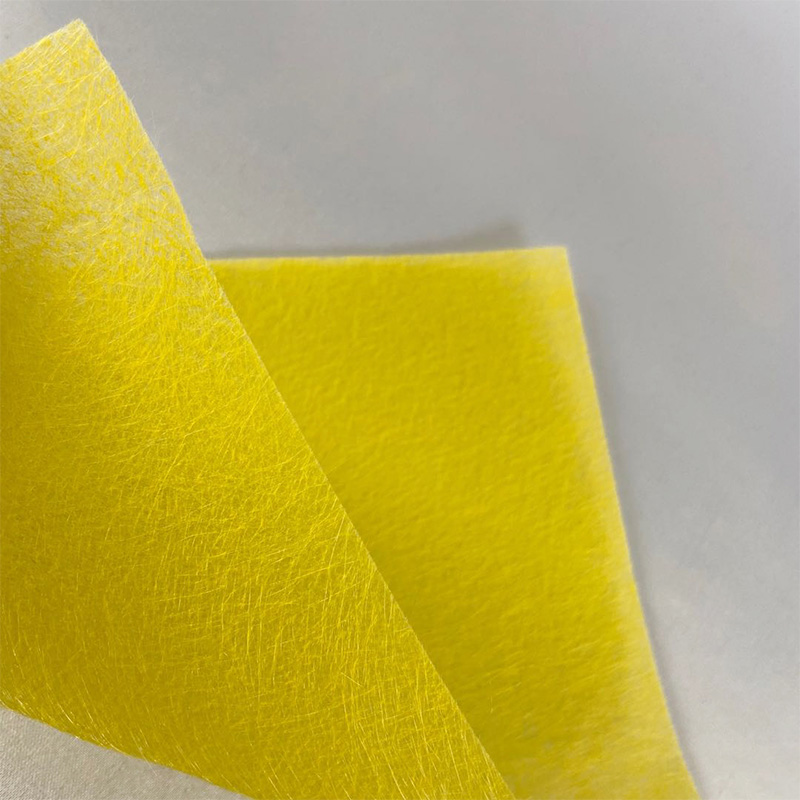 Glass Fiber Separator For Battery
View More
Glass Fiber Separator For Battery
View More
-
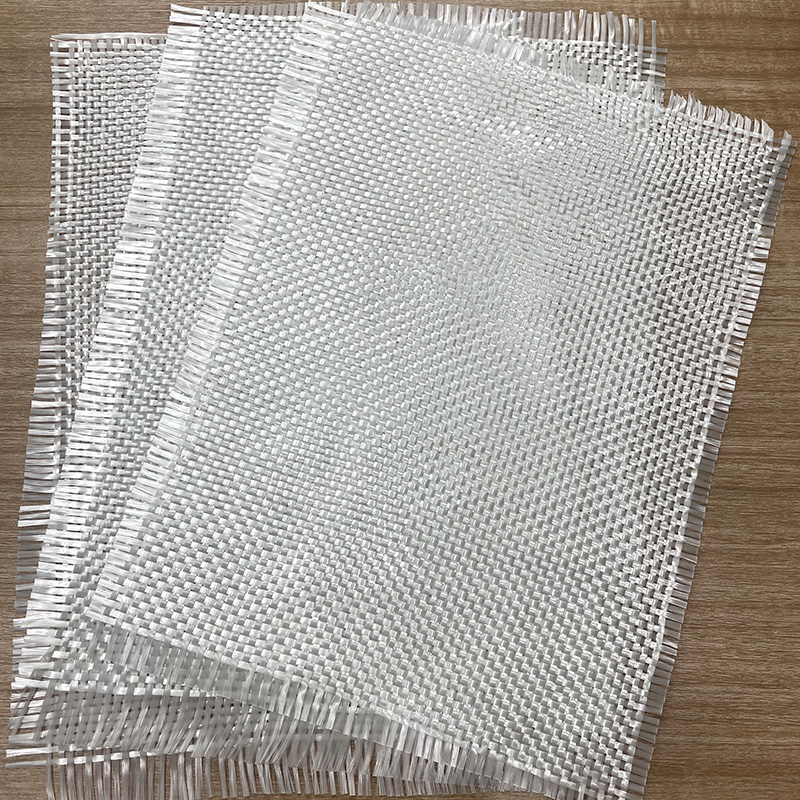 200g/400g/600g Glass Fiber Cloth/Grammage Can Be Set Glass Fiber Cloth
View More
200g/400g/600g Glass Fiber Cloth/Grammage Can Be Set Glass Fiber Cloth
View More
-
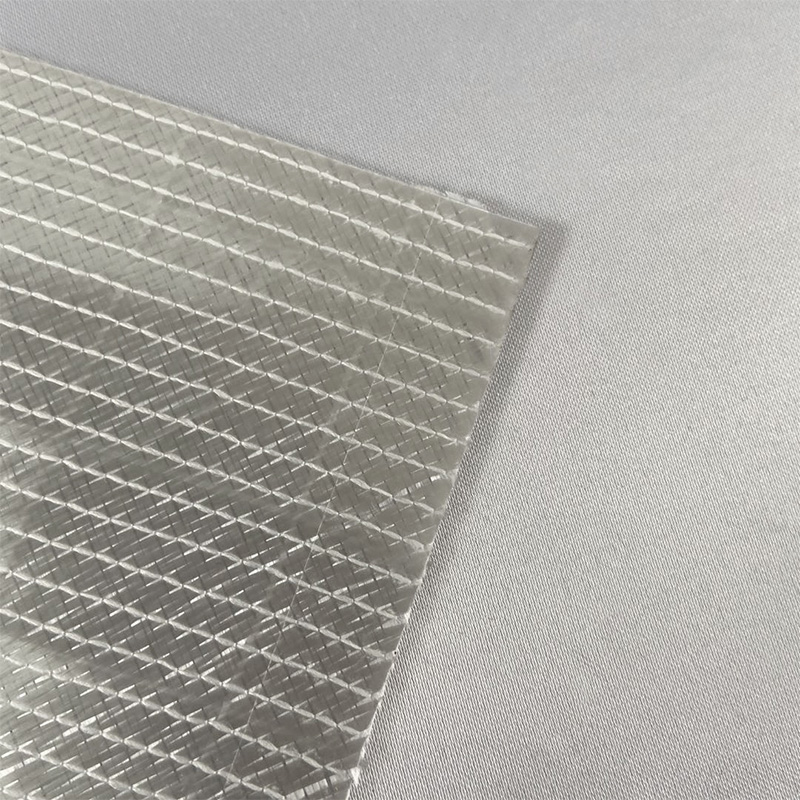 300g Multi-Axial Cloth ±45° / Wind Turbine Silo Cover / Grade A Alkali-Free Multi-Axial Cloth
View More
300g Multi-Axial Cloth ±45° / Wind Turbine Silo Cover / Grade A Alkali-Free Multi-Axial Cloth
View More
-
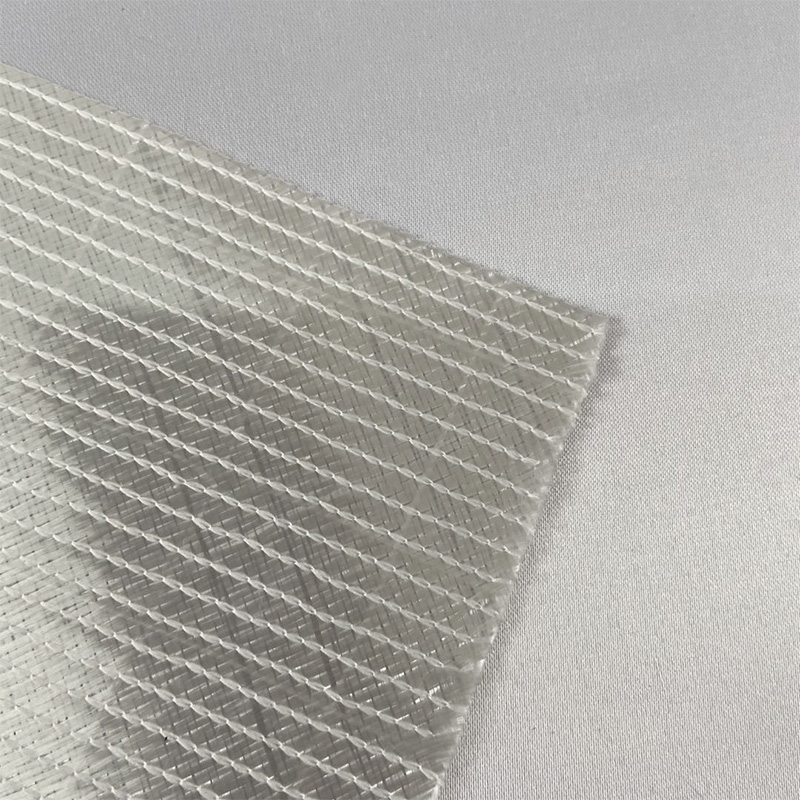 275g Unidirectional Glass Fiber Cloth Fiberglass Cloth
View More
275g Unidirectional Glass Fiber Cloth Fiberglass Cloth
View More
-
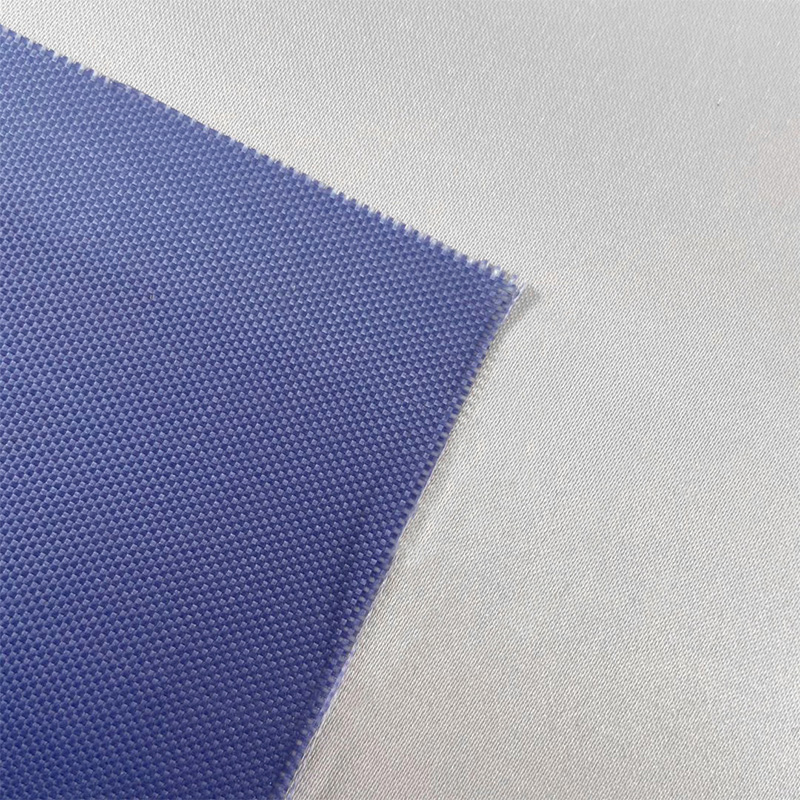 Blue/Coloured Glass Fiber Cloth/Colour And Weight Are Available For Decoration Of Soft Package
View More
Blue/Coloured Glass Fiber Cloth/Colour And Weight Are Available For Decoration Of Soft Package
View More

 English
English 中文简体
中文简体 русский
русский Español
Español